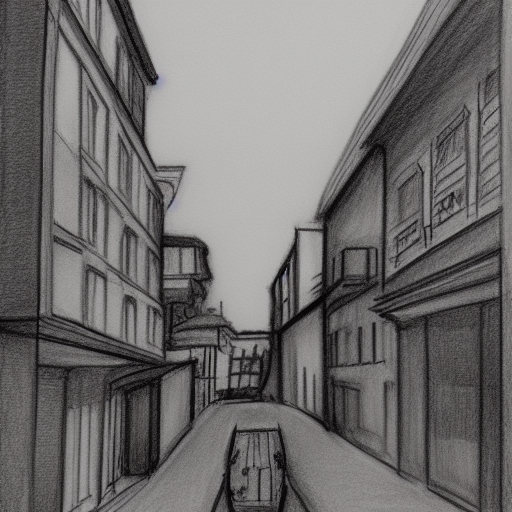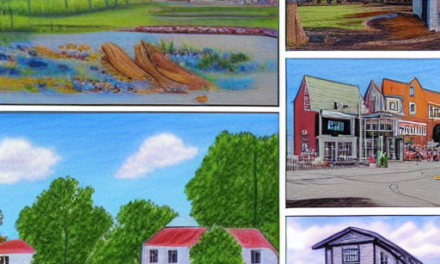While you’re in Geneva, you can’t miss the Jet d’Eau, a 140-meter tall fountain. It is close to the Place des Jeux des Bains des Paquis and several parks that are situated along the lake. This city is also home to several museums, including the International Red Cross Museum.
St. Pierre Cathedral
The Cathedral is one of the most important places to see in Geneva. It was originally a Roman Catholic church, but underwent a transformation during the Protestant Reformation. Today, it is a church of the Reformed Protestant Church of Geneva. It is also known as the adopted home church of John Calvin, one of the leaders of the Reformation.
Inside the cathedral is a small shop that sells souvenirs and maps of Geneva. It also sells tickets for the Towers. The Cathedral is open daily, and there’s a museum right next door. The International Museum of the Reformation depicts the Reformation period and talks about theology.
You can also see the city from the top of the Cathedral. The view from the top is breath-taking. You will have to climb narrow stairs to get there, but it’s well worth the climb. You’ll be rewarded with a spectacular view of the town and lake.
If you have time, you should also take a look at the Vieille-Ville, the city’s ancient center. The square boasts many cafes and restaurants and is the home of a large statue of Clementine by Heinz Schwarz. Another important place to see in Geneva is the Palais de Justice, which houses the law courts since the 1860s. The city’s official hotel, the Hotel de Ville, is also located here. Among Geneva’s most popular lunch spots is the Place du Bourg-de-Four.
The Cathedral has many fascinating features. Inside it is decorated with mosaics from the fourth century, 12th century columns, and 15th century frescoes. The Chapel of the Maccabees houses Calvin’s chair. A smaller organ is located on the front left side. A small terrace is also inside.
Bastions Park
If you’re looking for a peaceful spot to sit and watch the world go by, then head to the city’s Bastions Park. Located in the heart of Geneva, this park is open 24 hours a day. It is home to four giant sculptures of Protestant Reformation leaders, including John Knox and Theodore de Beze. Visitors to the park can also enjoy life-sized chess pieces.
There are many things to do in Geneva, and Bastions Park is an excellent location to spend some time. The flower beds and waterfall are well maintained, and the small wooden bridges make for a very aesthetic setting. The city is also rich in culture, and it has a number of theatres and musical venues. The Theatre de Verdure, a former Ella Fitzgerald stage, and Theatre de l’Orangerie, a contemporary art museum, are two of the main venues where you can enjoy concerts and other performances.
Another place to visit in Geneva is the city’s Red Cross Museum. This museum is consistently rated as one of the best museums in Switzerland. It offers a glimpse into the history of humanity, and features interactive displays and a history of humanitarian work. The museum can be a bit overwhelming for young children, and you’ll need to take at least two hours to visit it.
For those visiting Geneva with children, you might want to visit the large park in the heart of the city. It is the perfect place to relax and play with the kids. It is also home to several important historical monuments, such as the Reformers’ Wall and Palais Eynard. Families with children will enjoy the park’s playground, and it’s close to the University of Geneva and public library.
The International Red Cross Museum
The International Red Cross Museum in Geneva is a museum that celebrates the humanitarian work of the Red Cross. The museum is located in Geneva and was founded in 1988. It is located opposite the Palais des Nations and underwent a major renovation in 2013. The museum’s displays are an initiatory journey into contemporary humanitarian action, and are designed to allow visitors to absorb powerful messages.
The museum’s architecture is stunning, and it is filled with history. Audio guides are available in a variety of languages, and there are interactive displays. Although the museum is small, it has a wealth of information. Admission is free with a valid Swiss travel pass or Swiss Museum Pass. There are also occasional temporary exhibitions that are free to view.
You can reach the museum via public transport. There is a bus service that runs between the Place de Nations and Appia. The trip will take between 7 and 15 minutes. There are several bus services that serve the Place de Nations. If you’re planning on walking to the museum, there are plenty of stops in the area.
The museum’s exhibitions are designed to inspire visitors to consider humanitarian work. The exhibits are arranged around three separate themes. Each theme explores a different aspect of humanitarian action. Visitors can explore different exhibits based on their interests or preferences. The permanent exhibition will explore the work of the International Red Cross and Red Crescent.
Visitors can also experience the city’s culture through art. The city is a hub of international activity. During your stay in Geneva, you can see the red Cross and UN buildings. You can also take a walk around Lake Geneva, and stop for photos near landmarks.
The Flower Clock
Horloge fleurie, or flower clock, is an outdoor clock located in the Jardin Anglais park in Geneva. It depicts the seasons. Visitors can spend the day admiring the colorful displays. It is located on the western side of the park. The clock is surrounded by a lush garden of flowers.
The Flower Clock is one of the places you must visit when you are in Geneva. If you are a history buff, you should also visit the Museum of Natural History. It is a wonderful way to learn about the country’s history, art and architecture. There are also several parks and gardens in the city, including the Parc des Bastions, Jardin Anglaise, Botanical Garden, and Parc de la Grange.
Another place to go in Geneva is the Flower Clock, a world-famous clock with over six thousand flowers. It’s free to visit and located on the Quai du General-Guisan. You can walk there from the Old Town and the shopping district nearby. The Flower Clock is also accessible by public transport, and is close to the Rive stop.
Another place to go in Geneva is the English Garden, which is a beautiful, relaxing place. It has a large copper fountain, and the Flower Clock is one of the main attractions. This park is especially beautiful when the flowers are in bloom. Because the flowers change color throughout the year, the best time to visit the Flower Clock is between early spring and late fall.
The Museum of Art and History
The Museum of Art and History in Geneva is the largest art museum in the city. It houses over three million pieces of art and is open daily. Visitors can explore the museum’s permanent collections and also see exhibitions by international artists. This museum is a must-see for anyone visiting the city.
The Museum of Art and History in Geneva is the largest museum in Switzerland. It contains a world-renowned collection, with over 7,000 works on display. It is split into several main sections, each featuring a different type of art. Its collection is diverse and includes works from ancient civilizations to modern day.
The Museum of Art and History is located on rue Charles-Galland, which makes it convenient to reach by foot from the Old Town. It is also accessible by tram from the Rive station. Visitors can also park their cars at the nearby paid parking lot. The museum is open Tuesday to Sunday from 11am to 6pm.
The Museum of Art and History in Geneva includes a collection of artwork from famous artists. In Hall 402, you can find a retablo by Konrad Witz (1444), which depicts a scene of Jesus Christ and a fisherman on the Geneva lake. You can also find works by Rembrandt, and the mysterious Lac de Thoune (1909) by Hodler.
The Museum of Art and History in Geneva is one of the best buildings in Geneva’s Beaux-Arts style. Its architect, Marc Camoletti, intended to rethink the way people engage with museums. The museum is designed to host approximately ten new exhibitions every six months. Exhibitions are classified according to size, with “XL” exhibitions representing the largest. These exhibitions have a focus on re-contextualizing the museum’s collection.













